News and Articles › The Kitsch Interview
The story should be put together in such a way that even without seeing the play, a person hearing the series of events should feel dread and pity.
— Aristotle, philosopher
Top list
View the entire list
It’s better than Art.
A classical figurative painter from Lancaster, Pensylvenia, David M. Stallings, has worked with oil painting since the late 80s and has an admiration for the old masters.

David M. Stallings: Self Portrait
Why do you call yourself kitsch?
This is because that although the words I have chosen concerning why I consider myself kitsch belong to Odd, the voyage I have taken to reach them is mine.
I wanted to be able to draw and paint like the old pictures I looked at, but I didn’t consider those old painters to be artists. They weren’t referred to as artists, just Old Masters-old painters of a by gone time.
It was during some time in Art school that there was a show of Andrew Wyeth’s work at the Philadelphia Museum of Art. My father said to me that people were saying that Wyeth’s work wasn’t art.
“It isn’t.” I replied, thinking to myself,
“It’s better than Art.”
When did you “discover” kitsch?
It was during one of my routine trips to the used bookstore while looking to find the best possible reproductions of old paintings in old books, when a small thin spine caught my eye that read “On Kitsch, Odd Nerdrum. “ The cover image looked like a painting from the Victorian time period.
As soon as I had discovered the nature of art and of kitsch, I understood where I belonged. I would therefore like to take this moment to offer an apology. I have referred to myself as an artist, though with a foul taste in my mouth…
– Odd Nerdrum (Kitsch Serves Life from On Kitsch)
I didn’t know Odd at all, but immediately felt as if we were lost brothers being reunited through this text.
I don’t remember what I paid for the book because it didn’t matter how much it was. I went to the counter, paid for it and continued reading as I walked out the door. I tried to read and walk a bit more, but found that I had to sit because my attention to the book demanded it.
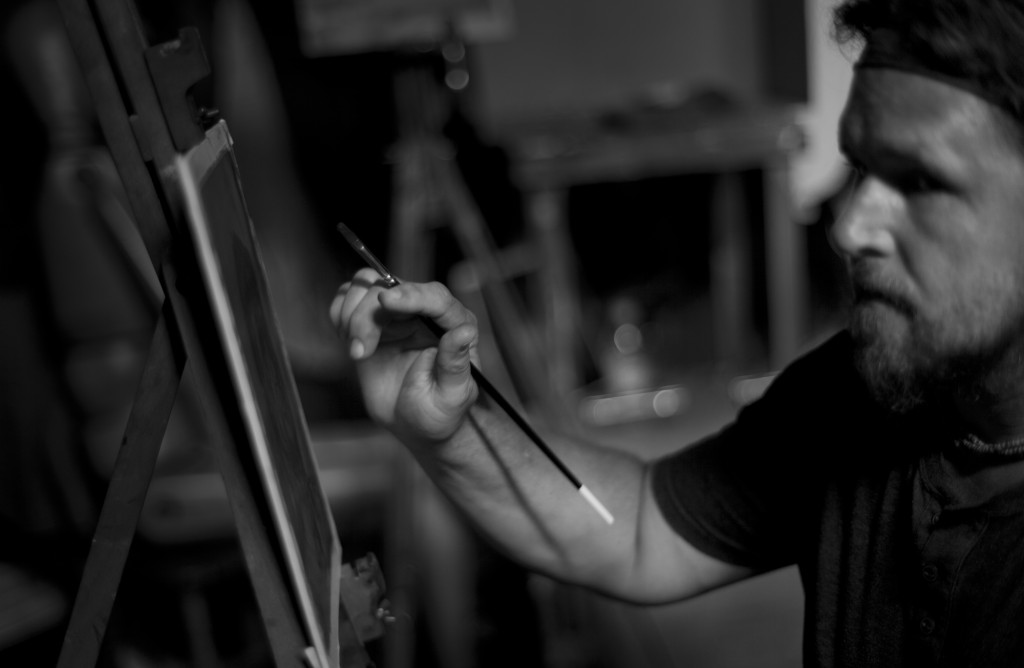
(Photograph: Bork S. Nerdrum)
As I read, I found hope. I was realizing what I already knew, that I was not an artist. But instead of feeling dejected, I felt empowered. I went home and dug into my abandoned art supplies to find my paint that had leaked their lindseed oil and bound themselves to one big clump of tubes. After I pulled apart the tubes and scavenged what I could of the brushes I had, I then coated sheets of Arches rag paper with gesso and began to paint again.
I set forth on the difficult path of Kitsch knowing that there was so much work ahead of me if I were to make even one good painting. Yes, it is a difficult journey but I am no longer lost. The work ahead is hard. And it is great!
The realization is just as Odd has put it. As soon as you discover the nature of art and of kitsch, you understand where you belong.
Is there a work of kitsch that you enjoy in particular?
Although I enjoy many works of past and present sculptors, musicians, and painters, there are just a few that I find myself always coming back to. Among painters, I find myself returning to, the main three are: Nerdrum, late Rembrandt, and late Titian.
There are two paintings that I can never seem to get enough of, when I enter their museums, I want to look at nothing else. They are Rembrandt’s The Jewish Bride and Bathsheba at Her Bath. The Jewish Bride astounds me in its amazing craft with paint, and Bathsheba is, I think, the most beautiful nude ever painted. Although the character of Bathsheba is an object of King David’s lust, she is depicted with intense Love. It is not a nude that seduces you through your genitals. It is one that grabs your heart.
Can you explain why these works ought to be called kitsch?
While it may not be completely accurate to call them kitsch any more that it would be to call them art, I think they can more accurately be labeled kitsch. The Jewish Bride and Bathsheba at her Bath lie outside the realm of art as we know it today. Greenberg said the “…most important difference: the avant-garde moves, while Alexandrianism stands still.” I would say that an avant-garde has been here and gone a hundred times over while Alexandrianism still stands.
The paintings I selected are simply great works of craft and sentiment, which make them kitsch.
The Kitsch Interview is a series of interviews with people working in the classical style that recognize what they do as “kitsch”. For inquiries please mail us at desk@worldwidekitsch.com
Published on Wednesday, July 29th, 2015
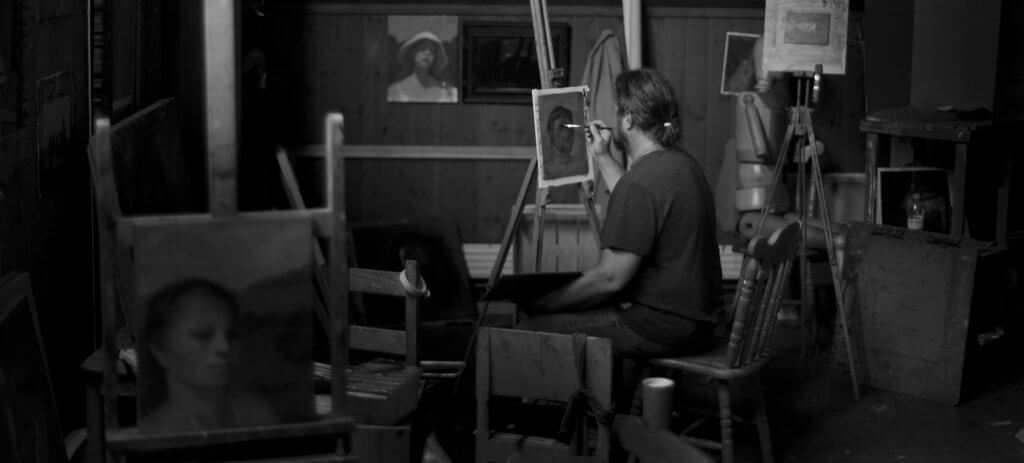



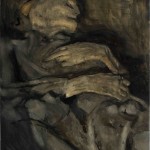
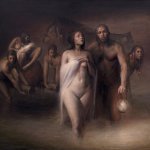
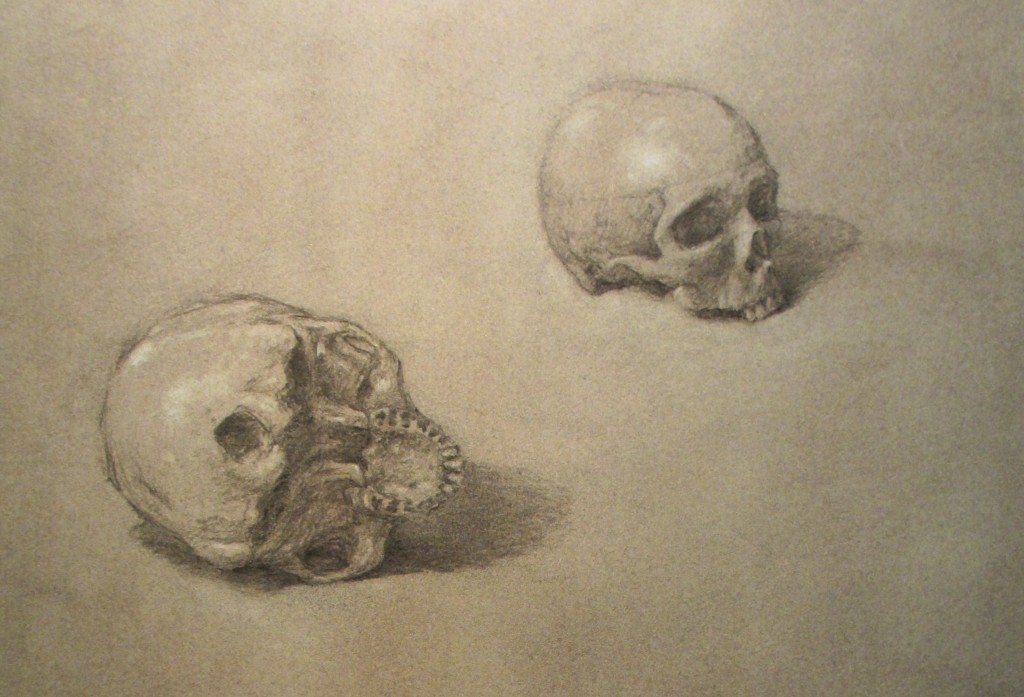
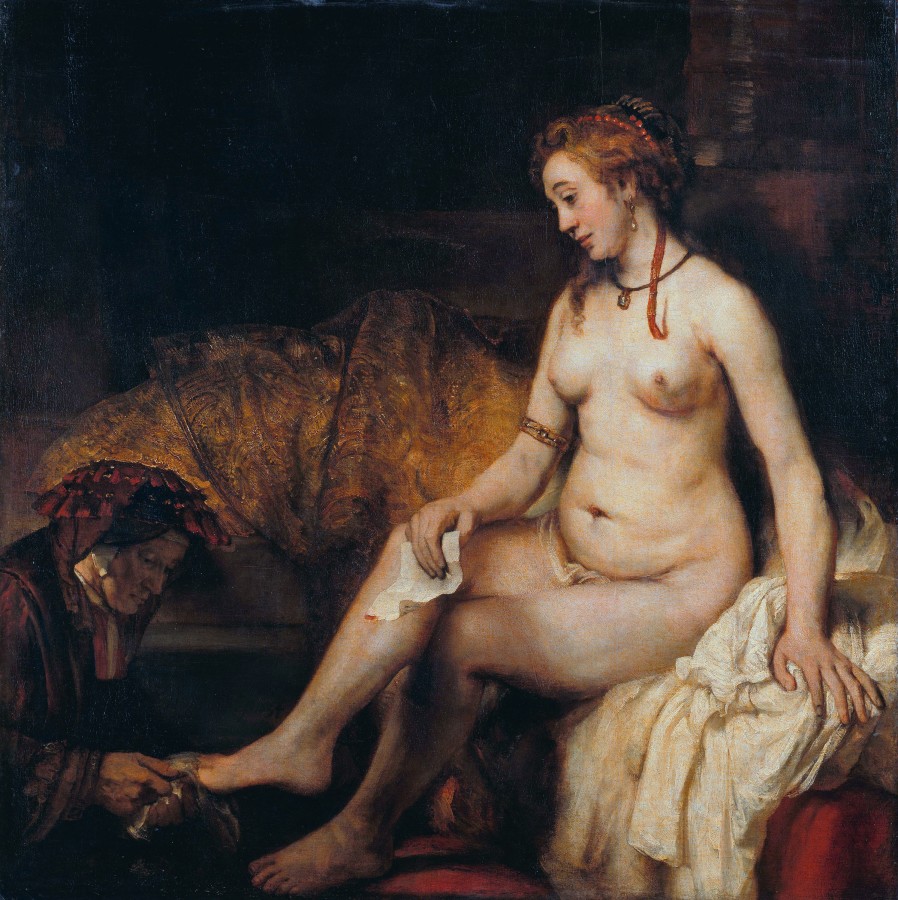
Excellent. This brotherhood of kitsch is a refuge. Many thanks.